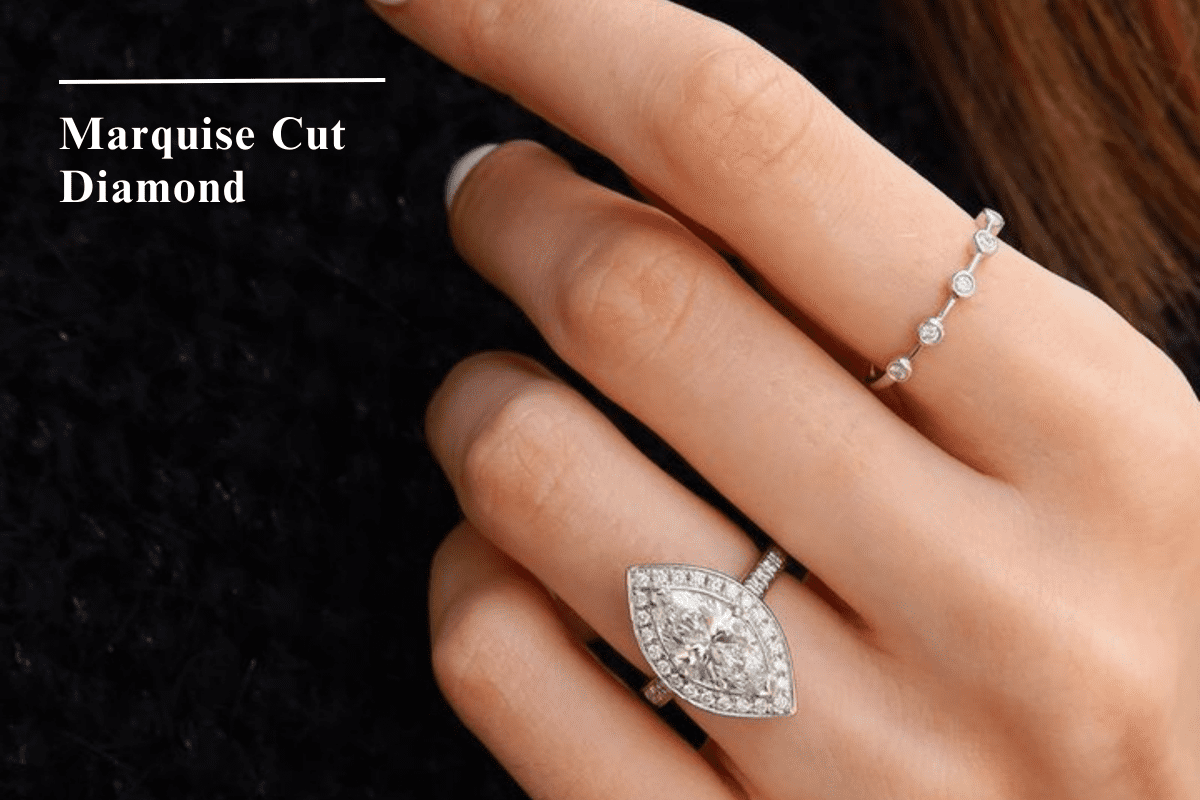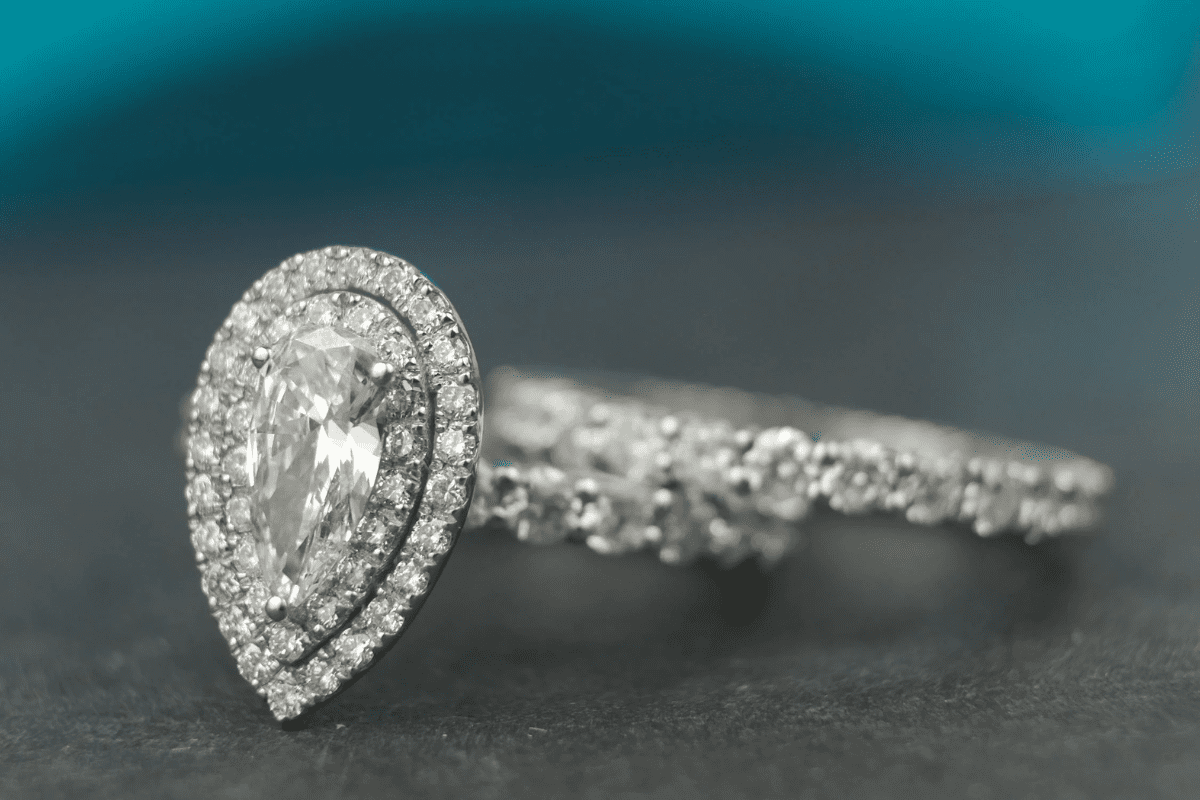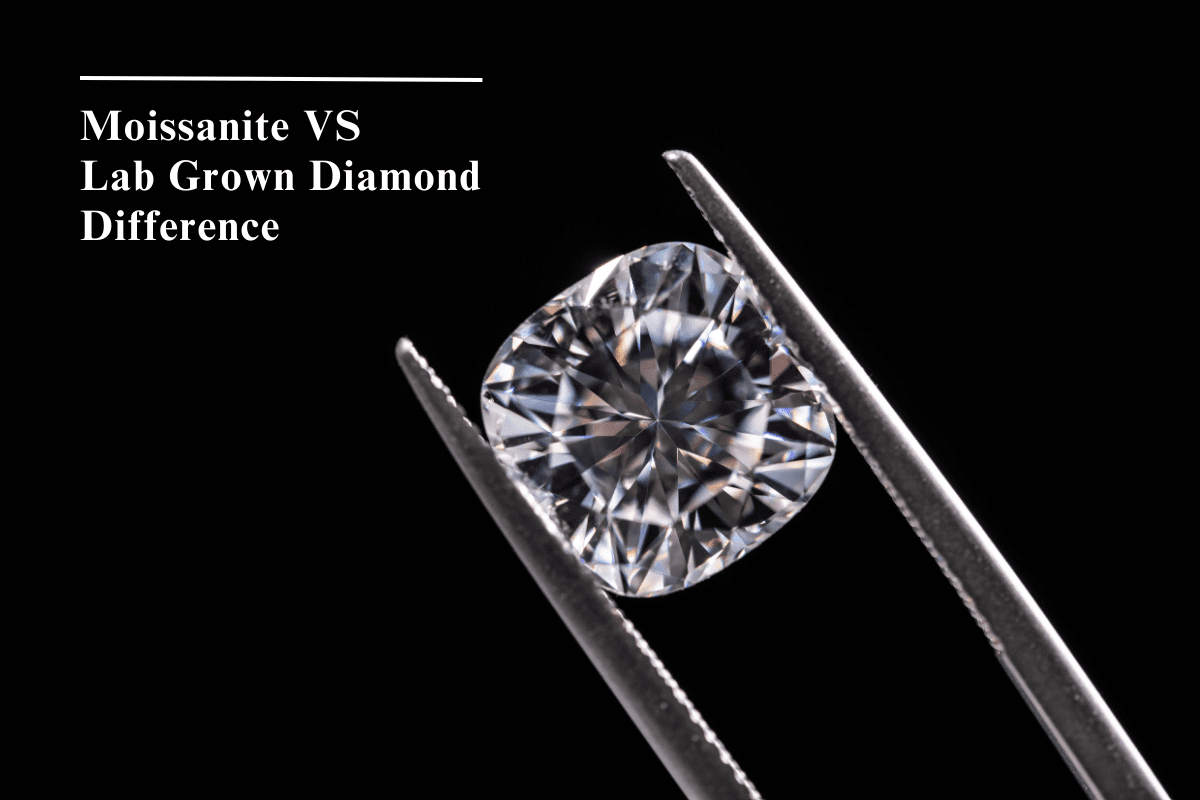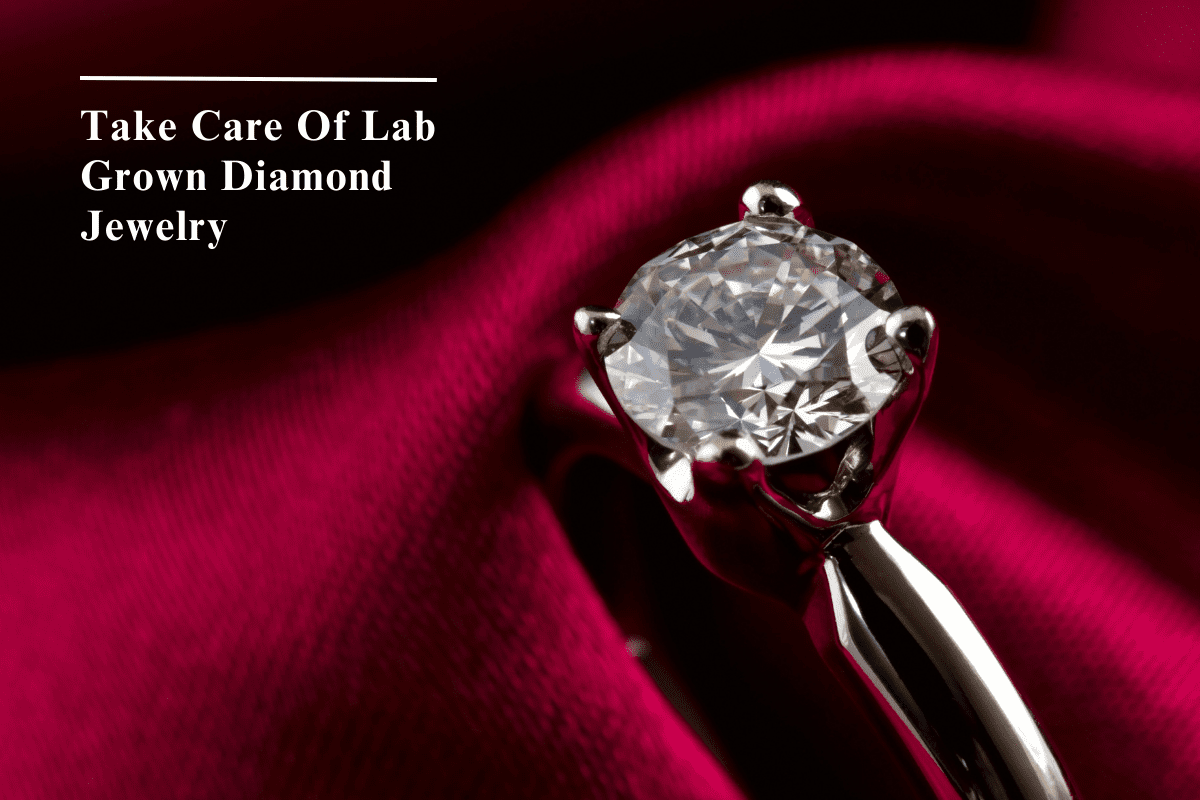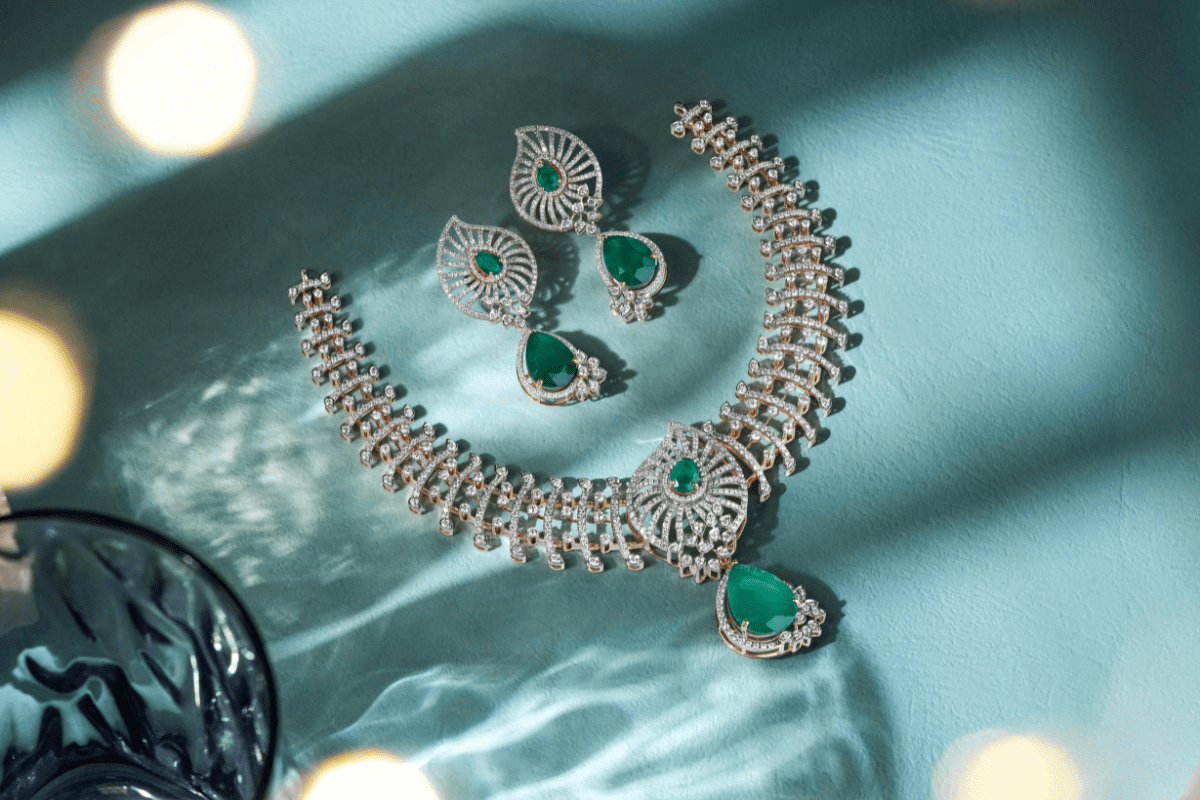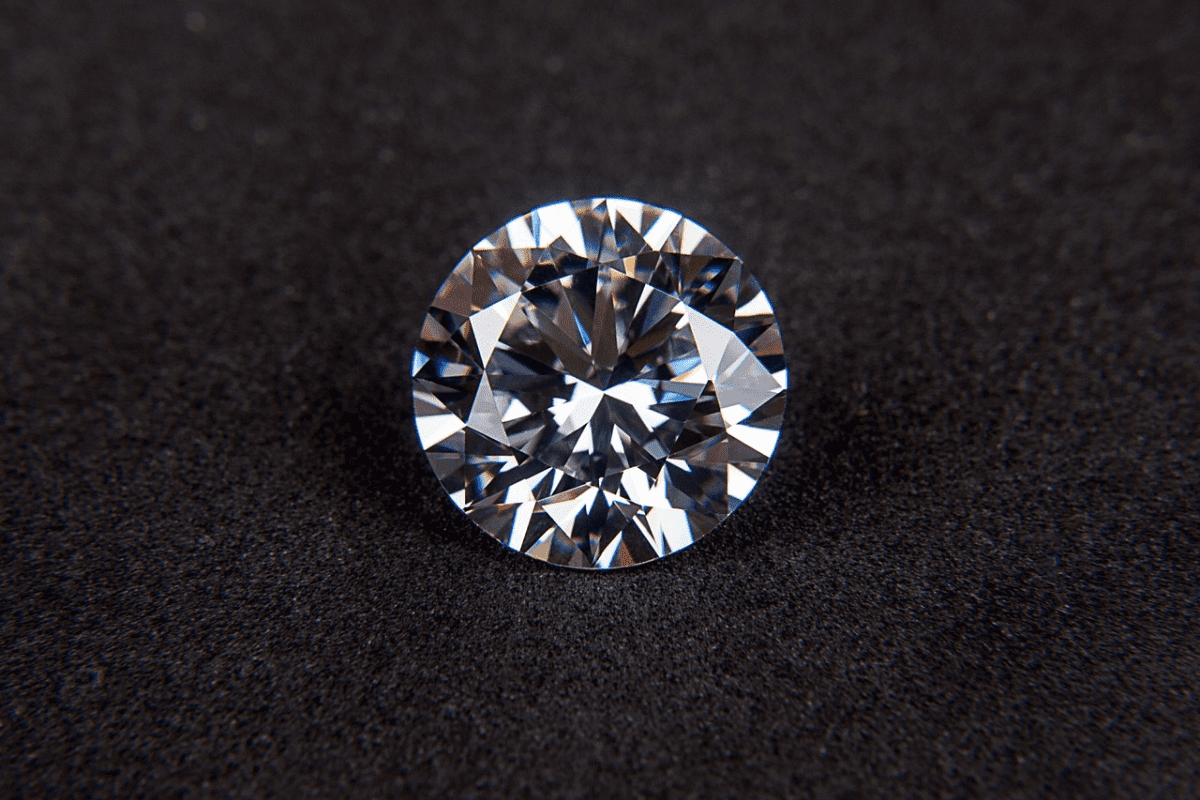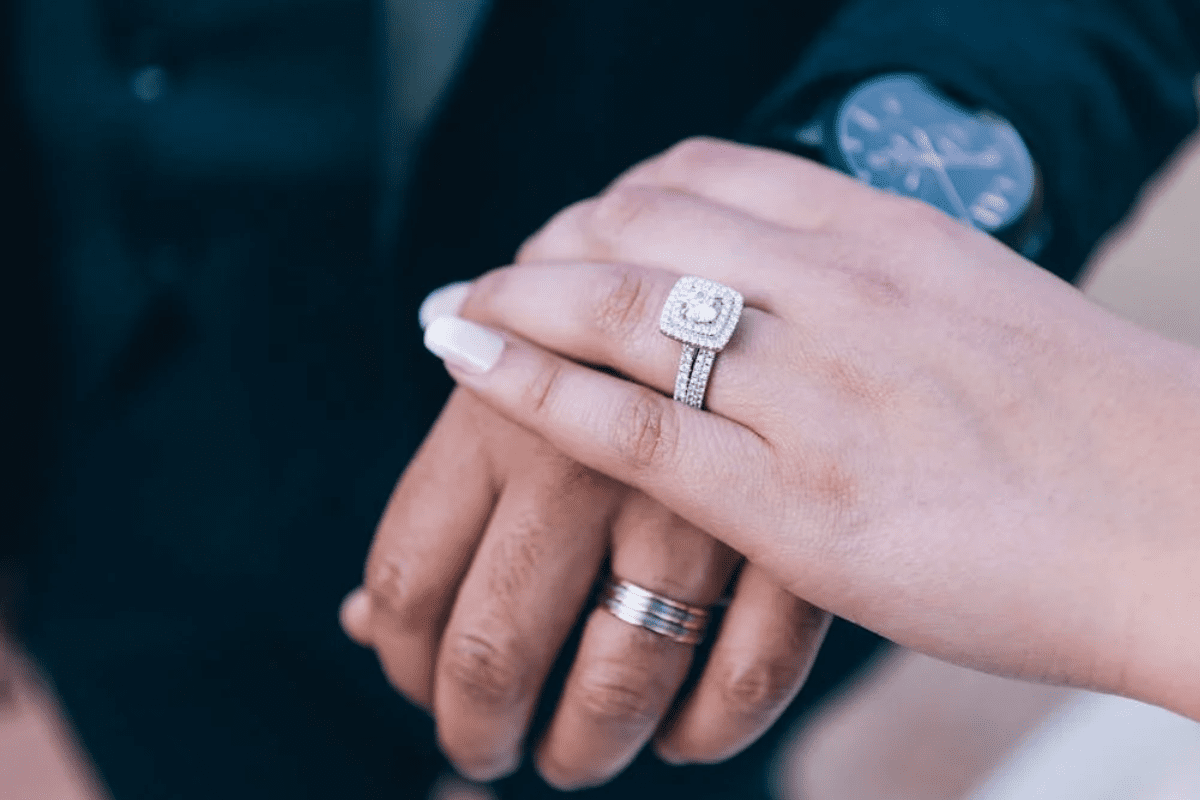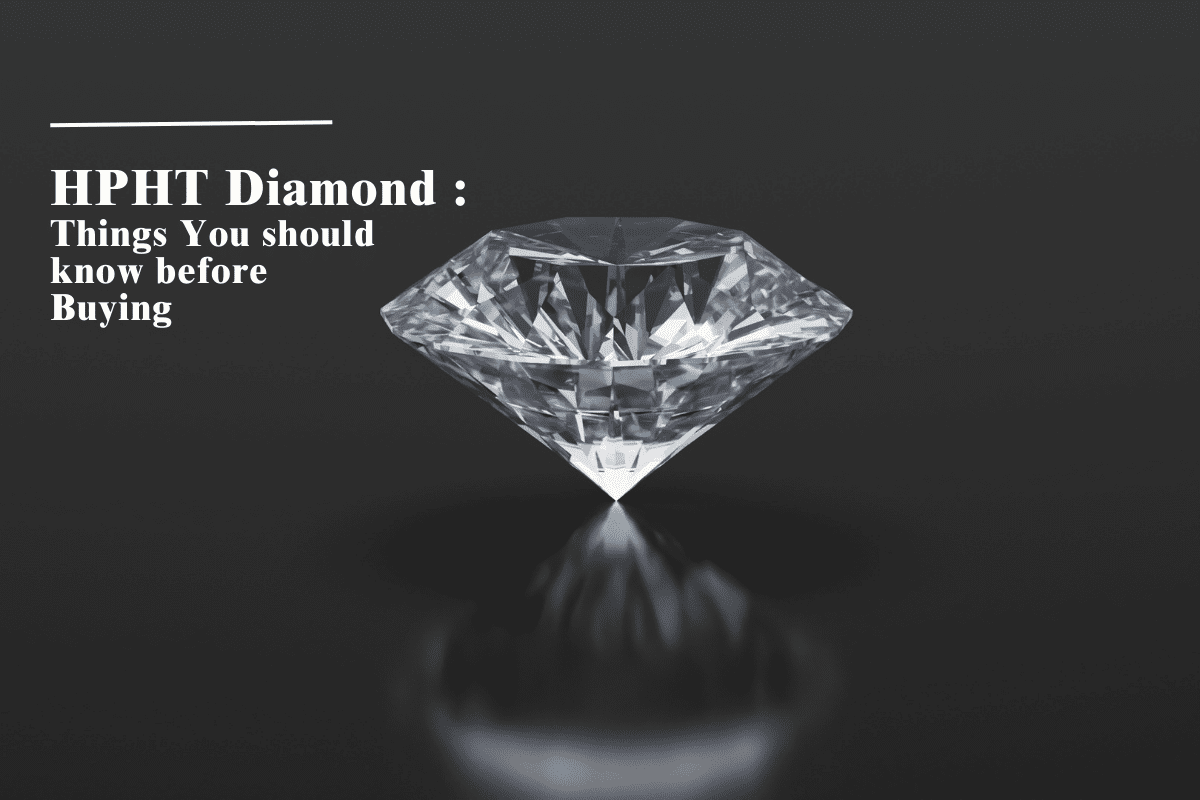Radiant Cut Diamonds: All You Need to Know
The cut of the diamond is one of the most major factors that affects its beauty and brilliance. If any diamond shape stands out among the stunning shapes available, it has to be a breathtakingly beautiful mix of class and sparkle-the radiant cut. An engagement ring, a present, or just an inquisitive mind in diamond cuts will find this article useful. It will break things down into simple, easy terms regarding everything you need to know about radiant cut diamonds.
What Is a Radiant Cut Diamond?
The radiant cut has either a rectangular or square diamond and comprises 70 facets (the flat, polished surfaces on a diamond). It is a hybrid between the brilliance of a round cut and those clean lines of an emerald cut. Designed in 1977 by diamond cutter Henry Grossbard, this hybrid design was created based on maximizing sparkle in a diamond while holding a modern geometric shape.
Unlike the emerald cut, which has broad open facets, highlighting clarity at the same time, the radiant cut has cropped corners and a faceted pavilion which makes it very exceptional fire (flashes of color) and scintillation (sparkle in quality) popular for those in need of bold but glam clarity.
Why Choose a Radiant Cut Diamond?
Brilliance Meets VersatilityRadiant cuts are chiefly known for their brightness, which dazzles even the classically brilliant round cuts. Their faceted designs render light beautiful at variance and are ideal for persons with striking love for the drama. They serve rectangular or square conveys versatility, looking well in solitaire, halo, or side stone settings.
Flattering Shape for All Finger TypesFlattering Shape General for Finger Types Rectangular radiant cut gives the shape elongation for imitation of longer and slimmer fingers. Square radiant cuts give the balanced and modern look. So, this adaptivity gives radiant cuts a good choice for people with different hand shapes and personal styles.
Hides Flaws Better Than Some CutsAn intricate facet pattern on the radiant cut can conceal better names for inclusions (tiny imperfections) than those 'step' cuts such as emerald or Asscher. In this sense, you may be able to go a little lower in clarity grade.
Unique Yet TimelessRadiant cuts are not very common when it comes to shaping diamonds, like round or princess cuts, but it has a quality that stands the test of time. This cut is for someone looking for a diamond that is rare but elegant.
Key Features of Radiant Cut Diamonds
Now, in order to appreciate the distinctness of this cut, let us check out its defining characteristics:
Shape: Rectangular or square with truncated corners (cut-off edges).
Facets: 70 facets (25 on the crown, 8 on the girdle, and 37 on the pavilion).
Length-to-Width Ratio:
For rectangular radiants: Aim for a ratio of 1.30–1.50 for a balanced look.
For square radiants: A ratio of 1.00–1.05 is ideal.
How to Choose the Perfect Radiant Cut Diamond
Selecting a radiant diamond should take into consideration the most significant elements of the 4 Cs (Cut, Color, Clarity, and Carat) and the influences of these features on this shape:
Cut QualityOf all the 4 Cs, the cut quality is most important for letting the diamond sparkle. Go for Excellent or Very Good cut grades if you want all the fire and scintillation that you can get. Avoid deep and shallow stones that would detrimentally influence the diamond's brilliance.
ColorRadiant cuts hide color better than most fancy shapes. If the diamond is going into white gold or platinum settings, G-H color is recommended for a near-colorless appearance. If going into yellow or rose gold, one could drop a grade or two (I-J).
ClarityAlthough radiant cuts are forgiving, try to get stones in the VS2-SI1 range, where inclusions are not going to be visible to the naked eye.
Carat WeightDue to the radiant's elongated shape, the same carat-weight diamond will appear larger as compared to round diamonds. Look for spread rather than just carats alone.
Pros & Cons Of Radiant Cut Diamond
Pros of Radiant Cut Diamonds in Short Form:
Brilliance and fire are high.
The shape is versatile (rectangular or square).
Flattering elongated shape for fingers.
Hides inclusions well.
A unique look.
Cons of Radiant Cut Diamonds:
Complicated faceting affects quality.
May bow-tie.
Very pricey.
Lesser tradition than that of the round or princess cuts.
Cut quality varies widely.
Popular Settings for Radiant Cut Diamonds
The right setting enhances a radiant cut’s beauty. Here are top choices:
Solitaire: Giving the diamond all the glory.
Halo: Halo, for a showering of light around the center with small diamonds.
Three-Stone: signifying past, present, and future, great for engagement rings.
Vintage-Inspired: inspired with sweet milgrain or creative filigree.
Metal Choice: White gold or platinum complements the diamond’s brilliance, while yellow/rose gold adds warmth.
Caring for Your Radiant Cut Diamond
To keep your diamond shining:
Clean it with mild soap, warm water, and a soft brush on a regular basis.
Do not expose it to any harsh chemicals (bleach, chlorine, etc.).
Store it separately in a cloth bag to avoid scratches from other jewelry.
Have it checked and cleaned once per year.
What Makes These Rings "The Best"?
Quality: Top of the line colors (D-F) and clarity (FL-VVS).
Craftsmanship: High precision cuts by master jewelers.
Uniqueness: Custom designs specifically made to enhance the diamond's brilliance.
Radiant Cut vs. Other Popular Cuts
Round Brilliant: More sparkle, but radiant has its own shape.
Emerald Cut: Less brilliant, but very beautiful and elegant.
Cushion Cut: Similar vintage feel but with rounded edges.
Radiant Cut Diamond Rings: The Best in the World
The Engagement Ring of Jennifer Lopez
Ben Affleck popped the question to J.Lo with a brilliant 6-8 carat natural radiant cut diamond ring. This piece of jewelry was wrapped in a platinum band and made headlines across the globe by virtue of its slind shape and extraordinary sparkle. It's worth near 2.5Million dollars.
FAQs About Radiant Cut Diamonds
Are radiant cut diamonds really great for engagement rings?
They sure are! The princess cut engagement stone is also the most durable as it has cropped corners to avoid chipping. However, give up some intense sparkle.
Radiant vs. cushion cut: Which is better?
Radiant: Sharper edges, more sparkle.Cushion: Softer, vintage-inspired look - Choose based on your style!
Can radiant cut diamonds look yellow?
Yes, they may hide color well, but go for H color or above in white metal settings. Yellow gold masks lower color grades (I-J).
Do radiant cuts cost more than round brilliants?
No! Radiant cuts generally come at prices 20-30% cheaper than round diamonds of the same carat weight due to lost rough during cutting.
How do I customize a radiant cut ring?
Add a halo for extra sparkle. Choose a two-tone setting (for instance, rose gold with white gold prongs). Opt for engraved bands or vintage accents.
Final Thoughts
A radiant cut diamond is the perfect selection for someone looking for the option with the most glamour, versatility, and timelessness. The fact that it combines the best of round and emerald cuts makes it a total standout choice for engagement rings, earrings, and pendants. Just focus on the 4 Cs and choose a setting that matches your style, and own an evergreen piece of jewelry that will shine forever.
The radiant cut has something that draws people to it; be it its glitter, shape, or just its uniqueness-a sure head-turner, and a heart capture. Want to find your perfect stone? Go to a reputed jeweler to see this extraordinary style in person!
